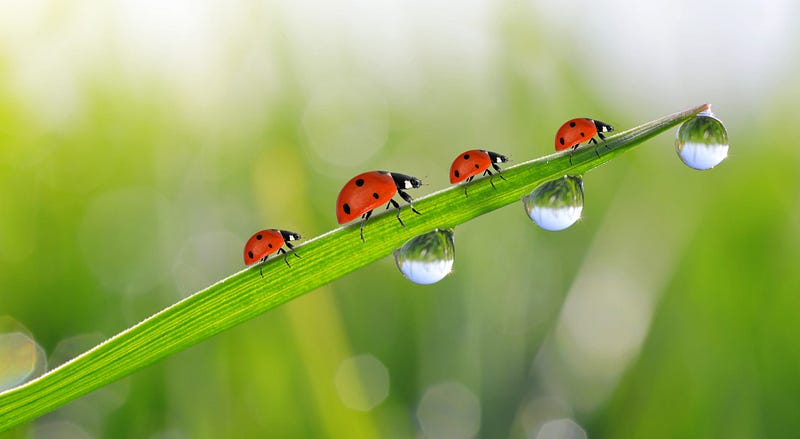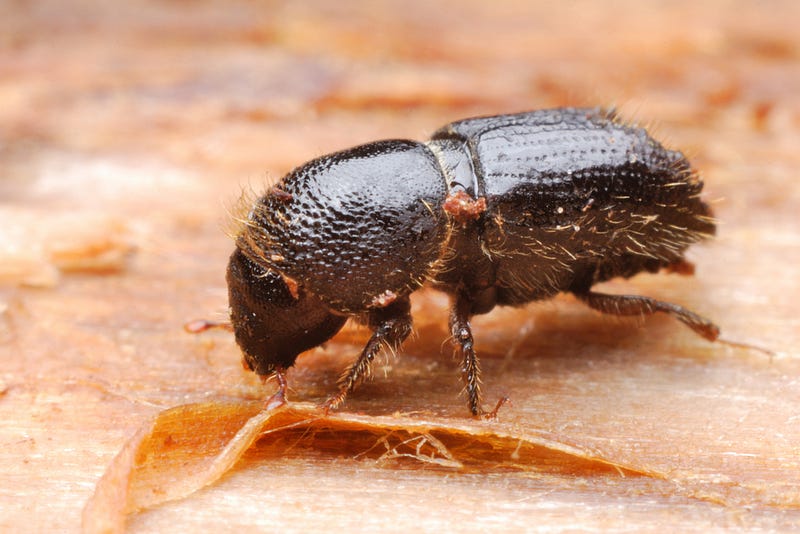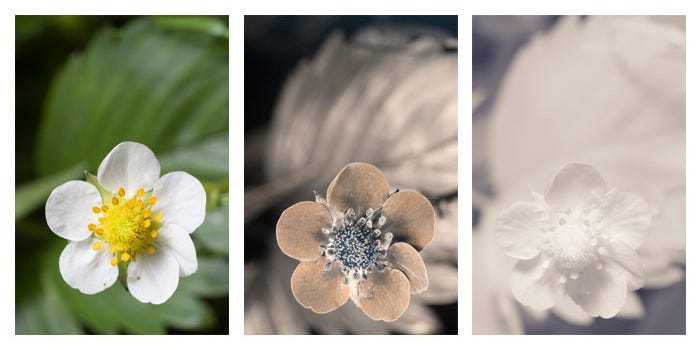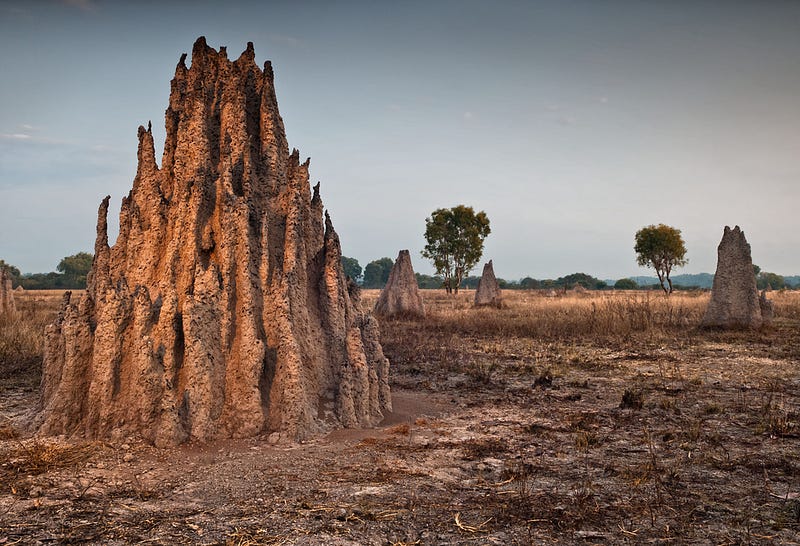Detecting Insects: The Role of Remote Sensing Technologies
Written on
Chapter 1: Understanding Insect Detection
Insect detection through environmental changes is a crucial aspect of maintaining ecological balance. Remote sensing technologies have emerged as effective tools for identifying insect populations and their impacts on the environment.

The significance of caring for our planet cannot be overstated; it is vital not just for our health but for all living organisms. Nature operates as a complex system where alterations in one area can lead to unforeseen consequences elsewhere. For instance, consider a mobile hanging above a crib: pulling on one side causes the entire structure to move. This analogy highlights how interconnected our ecological systems are.
To illustrate this concept, watch the following video:
One pressing concern today is the decline in biodiversity, particularly among insect species. Over the past three decades, insect populations in Germany have plummeted by 75%, a trend observed globally. The widespread use of pesticides in agriculture is a significant factor contributing to this decline. Insects play a critical role in our ecosystem, such as pollinating plants, making their rapid disappearance alarming.
To effectively protect insect populations, it is essential to gather accurate data about their numbers. Traditional visual methods are insufficient due to the small size of insects. Consequently, remote sensing technologies have been developed to provide a more precise means of monitoring insect populations.
Section 1.1: Indirect Insect Detection
Remote sensing offers two main methods for insect detection: indirect and direct. The first method involves measuring the environmental effects caused by insects rather than observing the insects themselves. For example, assessing plant damage and stress responses that result from insect feeding activities can provide valuable insights.
One approach involves analyzing the spectral reflectance of plants. This refers to the way light reflects off plant surfaces, which can indicate changes in photosynthetic activity when plants are damaged. This technique has been used to evaluate how different pests, such as moth caterpillars and bark beetles, affect forest health. Given that plant recovery can occur, frequent data collection is necessary to monitor these changes effectively.

Additionally, changes in plant structure, such as leaf loss, can be monitored through variations in chlorophyll levels, which is the pigment responsible for the green color in leaves. Remote sensing satellites and ground-based radar systems can be employed for this analysis.
Insect nests can also serve as indicators of insect presence. Nests, often distinguishable from their surroundings, can be detected using aerial imagery. Spectral imagery can reveal color variations, while structural imagery can provide data on height and size. Various technologies, such as Light Detection and Ranging (LiDAR) and Structure-from-Motion photogrammetry, facilitate these assessments.

Section 1.2: Direct Insect Detection
The second method of insect detection involves direct observation of the insects themselves. One effective technology is vertical-looking radar, which detects flying insects as they pass through a focused beam. This method provides data on insect movement patterns, including speed and direction, particularly at altitudes ranging from 150 to 1,200 meters.
Another approach is harmonic radar, where small transponders attached to insects enable their location to be tracked through radar signals. This technique is particularly useful for identifying low-flying insects.

Thermal imaging is another promising method for detecting insect swarms, capitalizing on the higher body temperatures of insects compared to their surroundings. However, its effectiveness can be influenced by weather conditions at the time of observation.
Chapter 2: Moving Forward
By utilizing both indirect and direct remote sensing techniques, we can enhance our understanding of insect populations and their role in environmental health. The following practical actions can help conserve insect species:
- Opting for organic food over conventionally farmed products
- Installing insect hotels in gardens
- Planting flowers to provide food and habitat for insects
- Leaving natural debris on the ground instead of disposing of it
- Engaging in beekeeping
- Using mulch instead of asphalt for landscaping
- Rescuing and releasing insects rather than exterminating them
I invite you to share additional ideas on how we can collectively contribute to insect conservation.
Further Reading
How Satellites Help Us Monitor the Health of Our Planet
Credit: This article is based on the scientific work of Rhodes et al. (2022), titled "Recent advances in the remote sensing of insects," published in Biological Reviews.